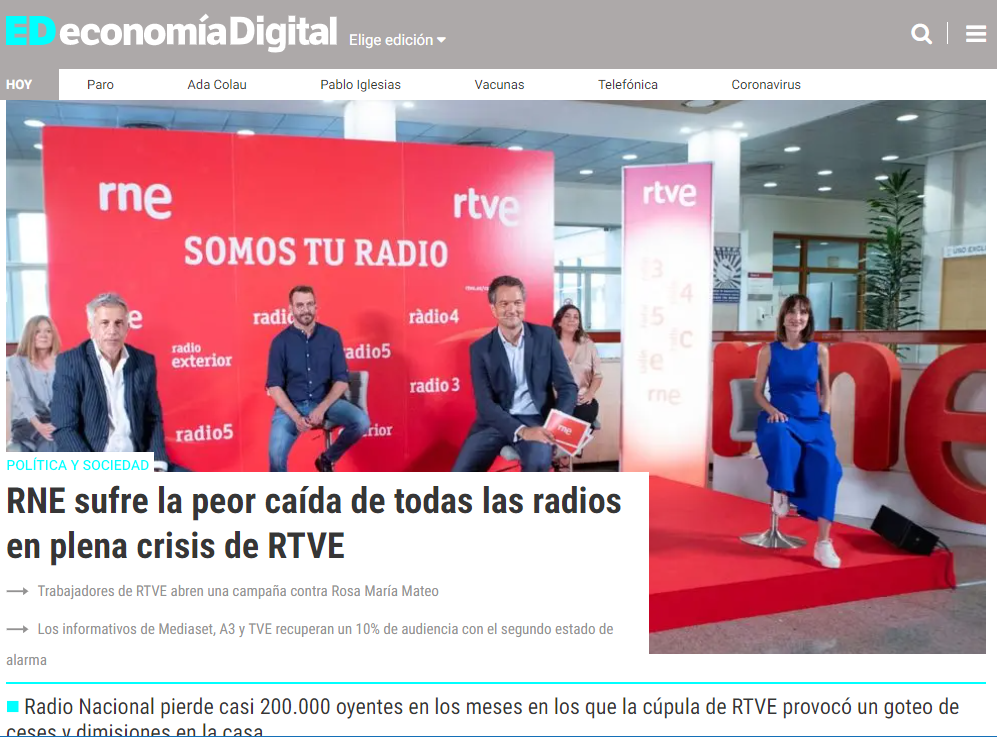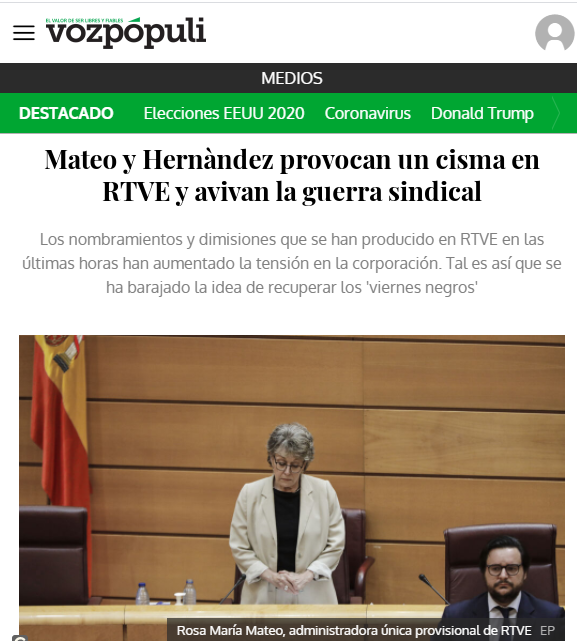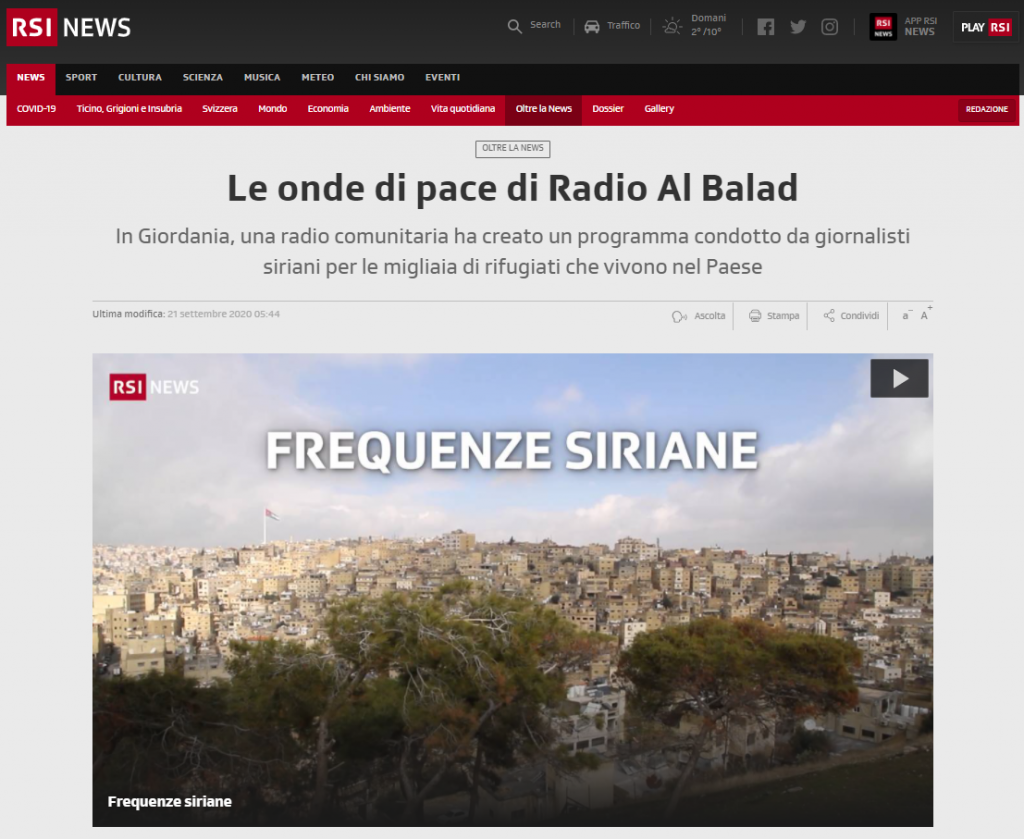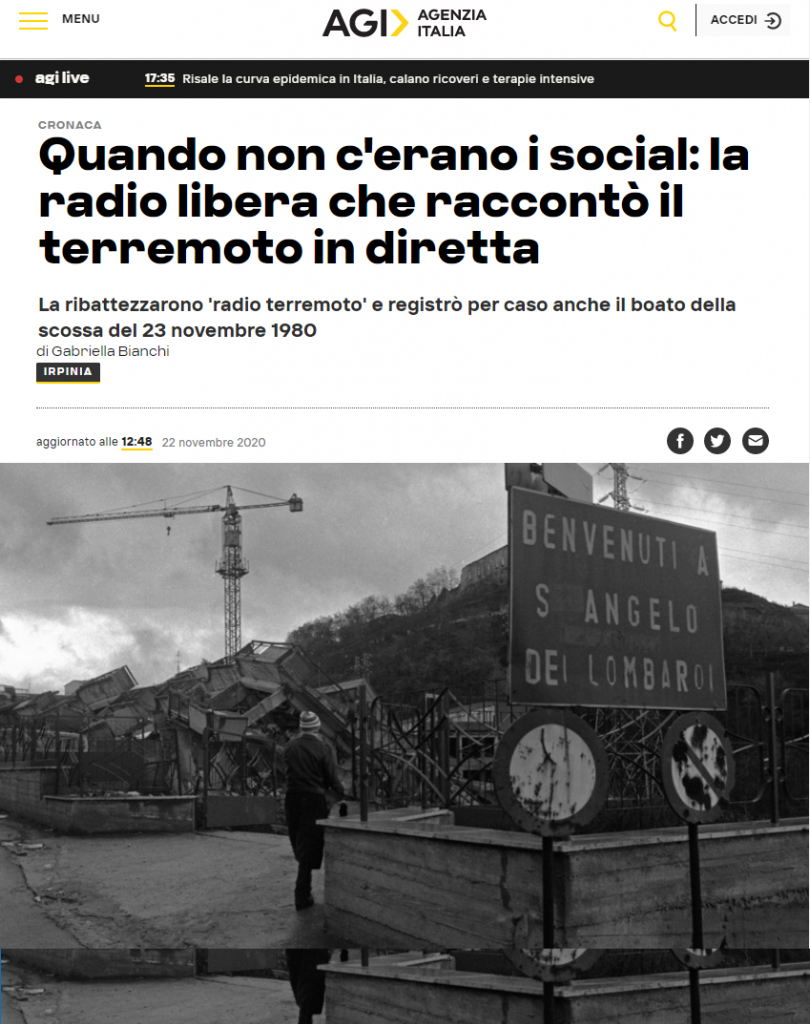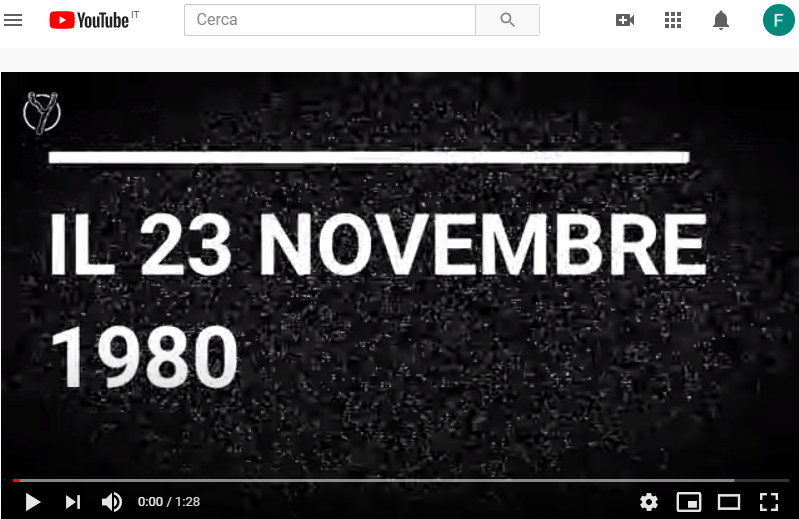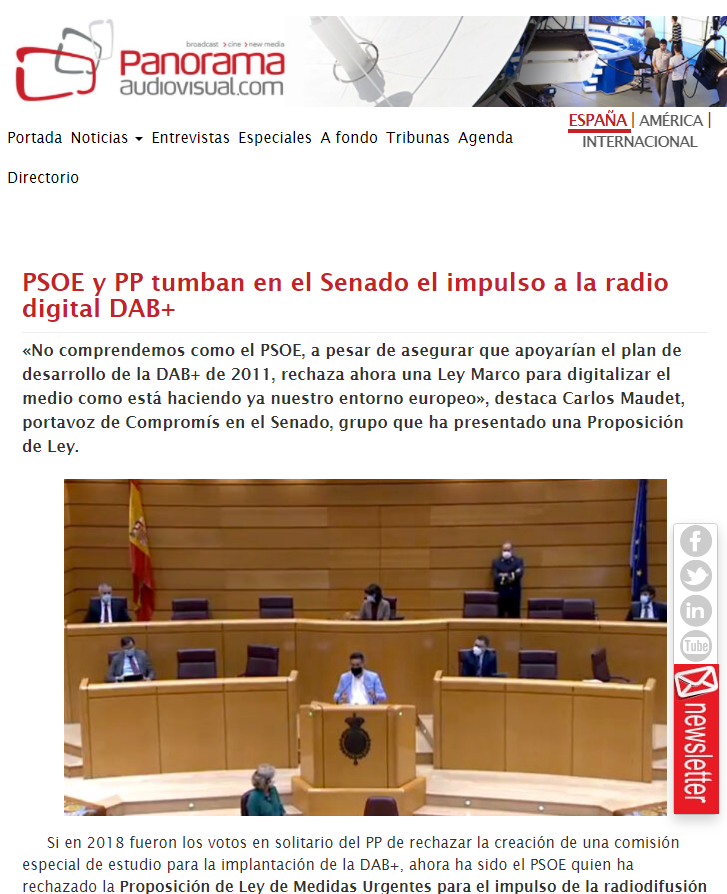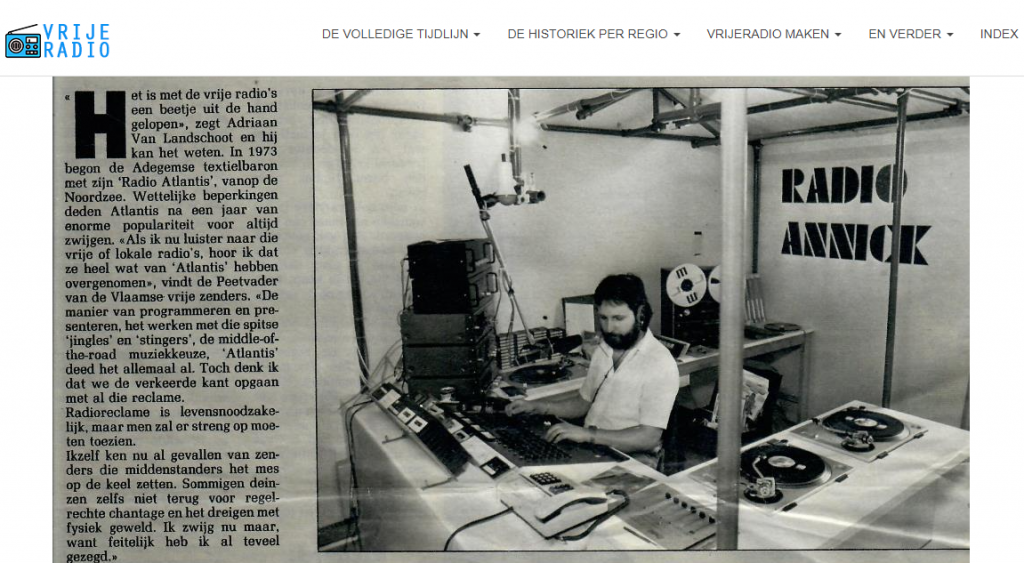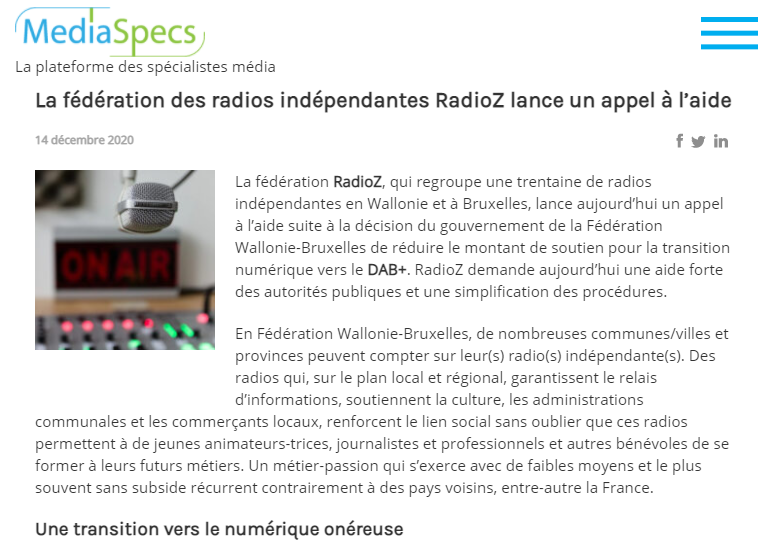
MediaSpecs analyzes in detail the problems of independent Belgian radio stations.
Source
RadioZ, the federation that brings together some 30 independent stations from the Walloon region and Brussels, has appealed to the authorities not to halve funding for the transition to digital radio and to simplify procedures. Independent radio stations are a resource for the media sector: they provide information, support culture and municipal administrations, but above all they are a breeding ground for talent that can then aspire to work in more professional broadcasters. A training job that costs the state nothing, because it does not receive subsidies as, for example, in France. On the contrary, RadioZ denounces the fact that this year several radio associations were refused the annual FACR (Fund for Radio Creation) subsidy due to a lack of resources, used to finance the transition to DAB, which, however, only benefits private networks and the public broadcaster RTBF, which have been broadcasting in digital for more than a year.
You can find all details about DAB in Belgium in our web app at https://www.dablist.org.



